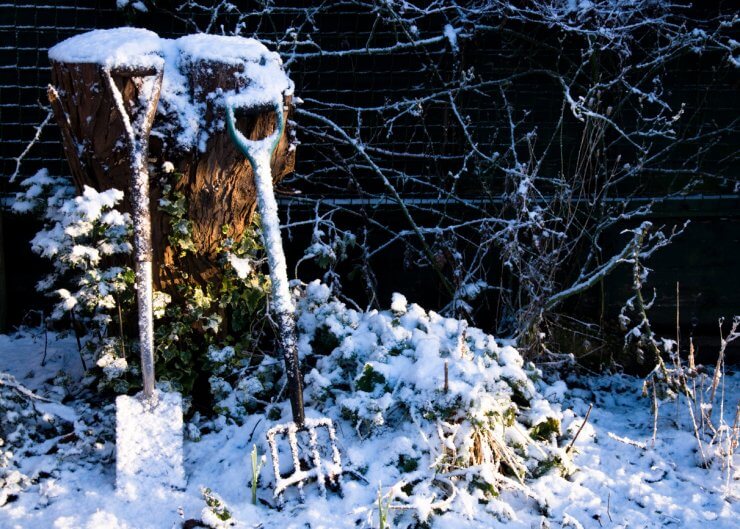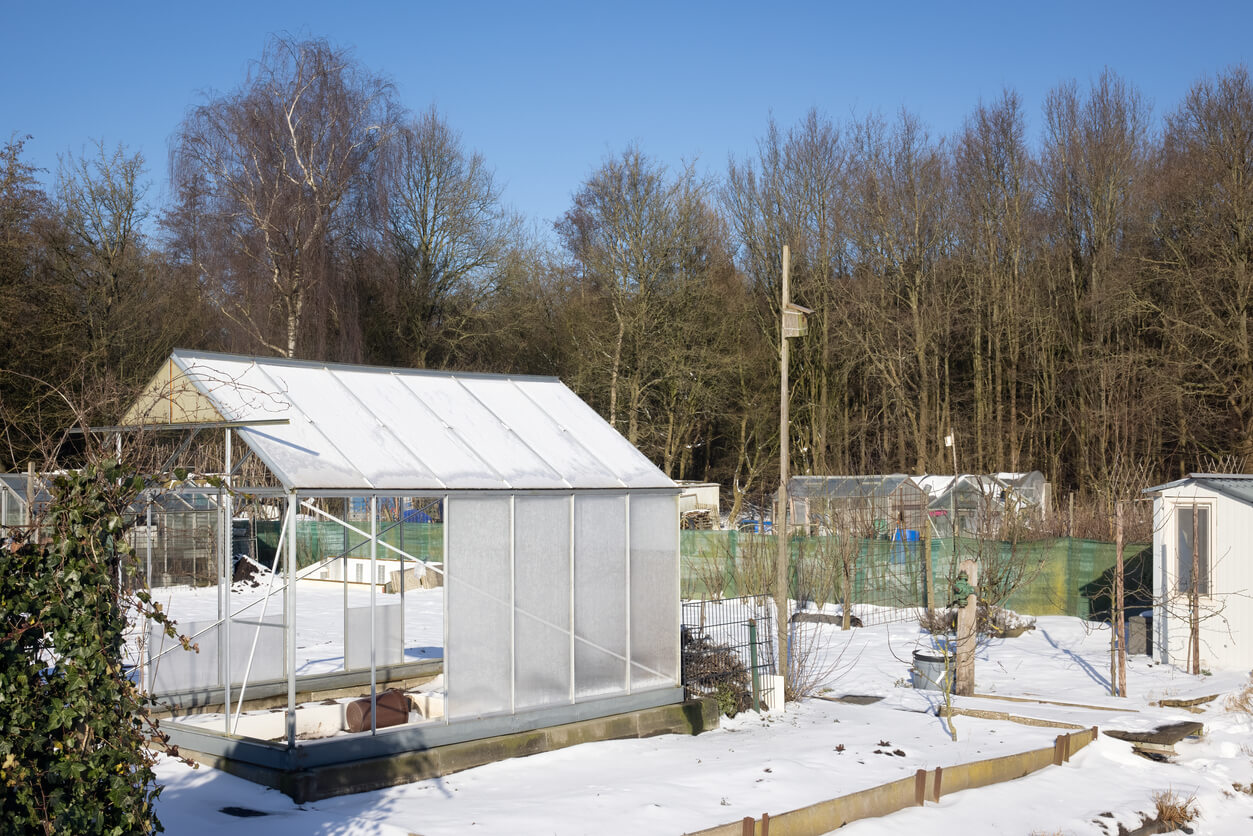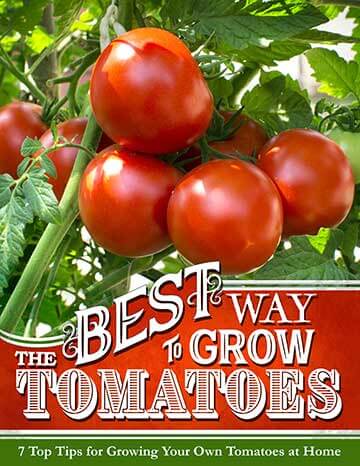
There’s not a lot going on in the garden in the middle of winter. Most of the plants are gone; the carrots have all been pulled up and stored; the compost is still active, but it’s moving pretty slowly; and the tools are cleaned and stored in the shed. As for me? I’m flipping through seed catalogs and appreciating the benefits of winter mulching.
Winter mulching? Yup. All those perennials like my thyme and oregano and chives are nice and cozy. The asparagus is covered, and the rhubarb is snug as could be. Well, as snug and cozy as can be outdoors in a New England winter.
Just like mulching in the summer, winter mulching helps level out soil temperatures and protects tender and shallow roots from getting pushed up from the ground. In fact, keeping soil temperature fluctuations to a minimum is the primary reason for mulching, even though it sounds nice to say you’re keeping them cozy and warm. But we are talking about winter in cold zones, so there’s not much outdoors that will be warm!
Mulching also gives you a potential head start on minimizing weeds in the spring. The question, then, is about whether or not there are “rules” for mulching. I might not go so far as to call them rules, but there are a few tips that can help you get the biggest bang for your gardening buck.

Types of winter mulch
Mulching in the summer and in the winter can look different. For example, one way to mulch for the winter is to plant cover crops.
The folks at Johnny’s Selected Seeds suggest a mix of 70% peas and 30% oats as a winter cover crop for larger gardens: “For a winter cover, sow in late summer or early fall. Sow at 5 lb./1,000 sq.ft. Peas provide nitrogen and organic matter; oats act as a nurse crop and trellis for the peas.” Both will die in the winter, and won’t come back (as long as oats aren’t allowed to re-seed).
Other ways to mulch a vegetable garden in the winter include:
- dead leaves
- straw
- newspaper
- cardboard
- compost
- wood chips
No matter what type of winter mulch you use, remember to remove it in the spring. This will give your garden a jumpstart for all those early-season vegetables and flowers!
Discover 7 top tips for growing, harvesting, and enjoying tomatoes from your home garden—when you access the FREE guide The Best Way to Grow Tomatoes, right now!
5 winter mulching tips to get the best from your garden
1. Water before you mulch. Ideally, give your perennials plenty of water as things are winding down in the fall. This helps them prepare for winter dormancy.
2. Wait. You don’t want to mulch too early, as a few warm fall or early winter days could trigger your perennials to start growing. Wait until your fruits, herbs, and vegetables have stopped growing and temperatures are below freezing. Although, the University of Nebraska recommends mulching before temperatures drop to 20 degrees Fahrenheit.
3. Harvest any remaining vegetables. Before you mulch, go ahead and harvest any vegetables still in the garden. At this point, it’s likely just some root vegetables and perhaps some hardy greens like kale. Whatever you have, go ahead and harvest. If not for winter mulching purposes, then because the ground will soon be too frozen to dig anything up.
4. Leave the leaves. One of the best winter mulching tips I can share is that it’s okay to leave all those dead leaves from autumn. To make the concept even more attractive, you don’t have to chop them up or run over them with a mower. All sorts of pollinators overwinter underneath these leaves, from butterfly eggs to beetles. And as the leaves break down over time, they add nutrients to your soil. You can also use straw, woodchips, or compost.
5. Not too much, not too little. Especially if your mulch is loose, like leaves or bark, too much of it could provide a hiding space for mice, rats, or other creatures you probably don’t want near your home. Too little, of course, won’t give you the benefits of winter mulching. Purdue University recommends something in the 2 to 4-inch range.
There’s really not that much to it. We’re just hoping to keep all our overwintering pollinators happy and balance out temperature fluctuations in the soil.
Do you have any tips for winter mulching? I’d love to read them in the comments.
Note: Food Gardening Network contains links to affiliate websites, including Amazon and Rakuten Affiliate Network, and we may receive a commission for any eligible purchases made by you through links on this page. Any reviews are based on honest reviews of the products.
Discover 7 top tips for growing, harvesting, and enjoying tomatoes from your home garden—when you access the FREE guide The Best Way to Grow Tomatoes, right now!




